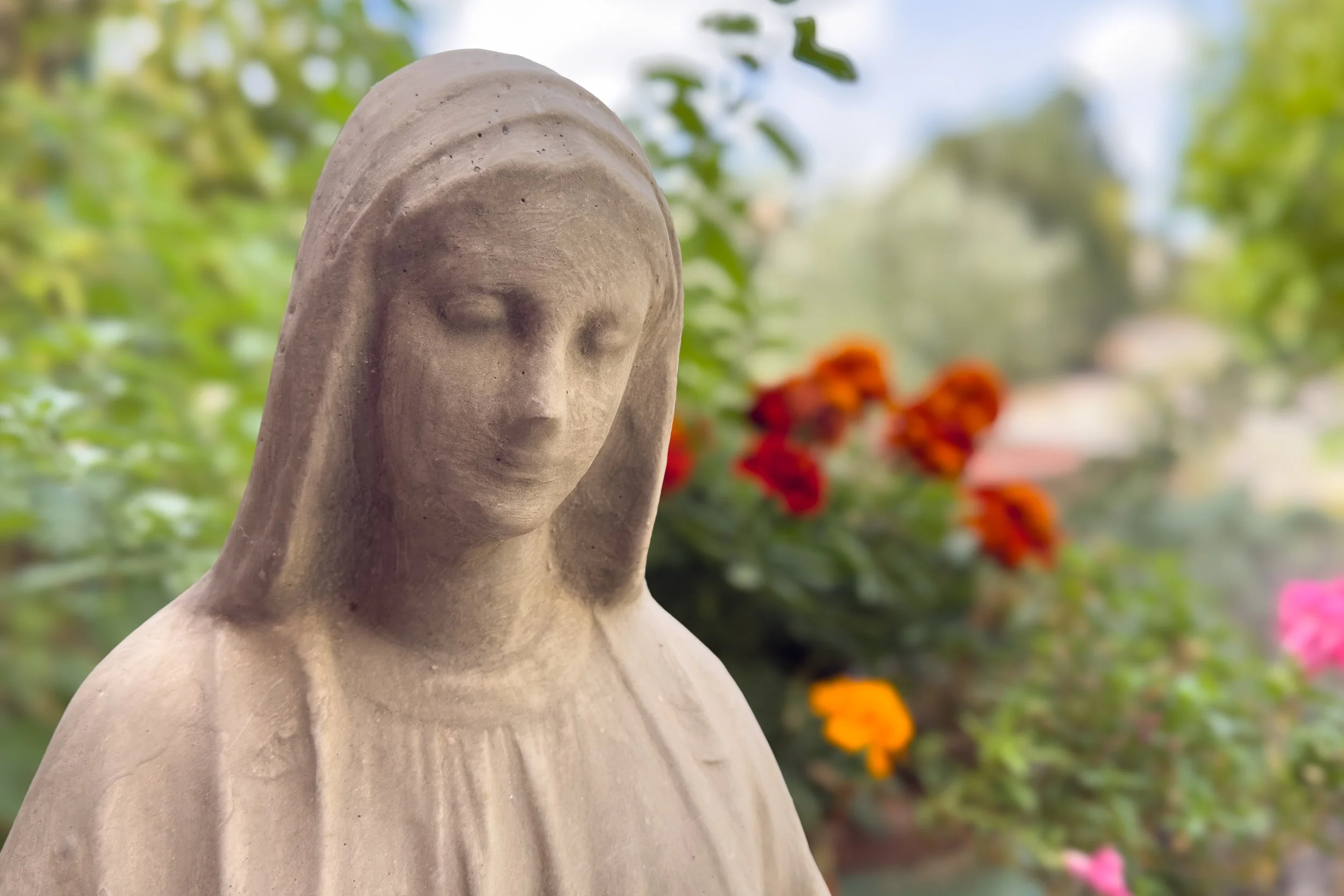Traveling Light
Checking out Sony’s lightweight, high res combo.
Sony A7CR with 20-70 zoom
I like to travel light: One carry-on bag no matter how long the trip, plus one gear bag for cameras, lenses, computer, and myriad dongles. Earlier this year I pushed the limits over in Afghanistan (see post), where I spent two snowy weeks in mid-winter with my A1, A9, and three prime lenses: 35, 85, and 300 - all stuffed into my indestructible Peak Design Everday pack. During that trip, things got heavy. Turns out, traveling with the 300 was an impractical, if not whimsical, idea.
Back home and back to the drawing board, I started eying Sony’s relatively new A7CR because of its crazy high resolution, small form factor, and focus tech. You can read all about it in this DPReview article. I was also interested in how it might pair up with their diminutive 20-70 zoom lens. There’s a decent review of it over at PetaPixel. But most importantly, I wanted to spend some time with both. My friends over at Sony Pro were glad to help.
Getting Set Up
If you are used to the fabulous viewfinder, bright back screen, and wide variety of configurable one-touch controls on both the A1 and A9, you may find the A7CR a bit disapppointing: the camera has few single-touch controls. It is designed mainly to work with the back screen, and the viewfinder is pretty much a last-resort option to be used in bright daylight only. I’m ok with that; it’s excellent for shooting street candids when you can hold the camera at waist level to shoot. But the rear screen has to be pulled out to the side into vlog mode so it draws more attention. And flipping it out each time is rather fiddly. One immediate suggestion: set the display to ‘daylight mode’ in order to brighten it.
The Crop Factor
With all those megapixels, you can get lazy and just crop after. Or you can get creative. These images were all cropped from the same photo, all large enough to print.
This may take a bit of getting used to, but it’s not too hard to turn a non-picture into a nice picture once you realize just how much you can crop out. And I didn’t even have to use AI to remove the telephone lines.
From 20 to 70 at 61 megapixels
This next gallery shows the flexibility of both the lens and the camera. First at 20mm, then at 24mm, you can see the small but significant differences. In short, with 20mm at the wide end, I really don’t need to go much wider for architecture or landscapes (and if I do, I’ve got that 48pm, 13mm lens on the iPhone in my pocket). The third image shows zoomed in to the max 70mm. From there, in the fourth image, I was able to crop right in on my model, Mochi, resulting in a 6mp image - from which I can print an 11x14 image at 300 dpi. Not bad. And with post tech from Adobe and Topaz, I can re-sample that cropped image back up to 24mp, removing some of the resulting grain.
Three Travel Zooms
20-70 f4, 24-105 f/4, and 24-70 f/2.8 (GMii). Photo by iPhone.
I paired the A7CR with three small zooms - the 20-70, my trusty and well-worn 24-105, and the surprisingly compact (but heavy) 24-70 GMii. I also threw in my new iPhone 16 Pro, for good measure - because computational photography is not going away. My takeaways:
The 20-70 pairs perfectly with the A7CR - they seem made for each other. Both are compromise products, but both do very well with those compromises. The body is delightfully small, but the images are huge. The lens is equally small and light, and resolves those images very well in most conditions. I didn’t really miss a lower aperture capability.
The 24-70 GM offers better bokeh and better low-light capabilities. It also offers superior graphics. But to be honest, I didn’t really see much the difference that you can see with a prime, for example the 35mm GM.
The 24-105 gives more reach at the far end and is still the perfect one-camera, one-lens solution. But I don’t travel with one camera. I prefer two bodies and two prime lenses, but now I think the 20-70 could live on one of those.
And how about the iPhone 16 Pro, the one that’s always in my back pocket?
Indoor Photography
This is not really my thing, but here are four images, each taken with one of those lenses, three of them on the A7CR, and one on the iPhone 16 Pro. Can you tell the difference? Neither can I. Feel free to pixel peep.
Everything at 35
Next I took some photos of my model, Mary, from all my lenses at 35mm, including the 35/1.4 and the iPhone, to see how things look both with Mary and with the background behind her.
Results were pretty much what I expected: separation was insane at f/1.4 (over the top, in my opinion), pretty good at f/2.8, and normal at f/4. The iPhone 16 Pro, which I set to f/1.4 computationally, had similar separation to the 35mm 1/4 but resolved very differently. Not bad for a mobile phone, but the color seemed a bit tinny and the separation looked a bit, well, computed.
Now Let’s Compose
But what’s the purpose of always shooting at 35, when you have zooms? It’s easy to achieve both bokeh and background separation on lenses that have a larger minimum aperture. So I took the same lenses and simply composed what I thought looked good, with each one. Here are the images and the zooms that I used. All JPG, straight out of the camera… No science here, just zoomed in to suite my tastess…
A Little Fun
Ok now that the work is done, let’s go take some snapshots. All taken with A7RC and 20-70 G. Except that last one.
Light Travel
After testing these out, here is my ideal kit for a long trip - one in which everything can fit into my Peak Design pack:
A1
Super fast, great for action (it’s my sports body) and also great for making settings changes on the fly.
Pair with 35/1.4, 85/1.8, or 135 1.8.
A7RC
Even better resolution, light, great focus, easy to shoot candids, wonderful for landscapes.
Pair with 20-70/4 or 85/1.8.
Body/Lens combinations
20-70/4 on the A7RC
85/1.8 on the A1
135/1.8 or 70-200/2.8 ready to change onto the A1. (Either of these can fit in the bag.)
iPhone to cover 24mm and 12mm, both at 48 mp.


















































